Hearing aids have improved greatly with the advent of digital technology. If you’re picturing big and bulky devices with questionable sound quality, you’ll be pleased to learn today’s instruments are smaller, more comfortable and provide sound that is more natural. They are available in a variety of sizes and styles, so finding one that appeals to your lifestyle needs and cosmetic preferences should be easy.
What are the Different Types of Hearing Aids?
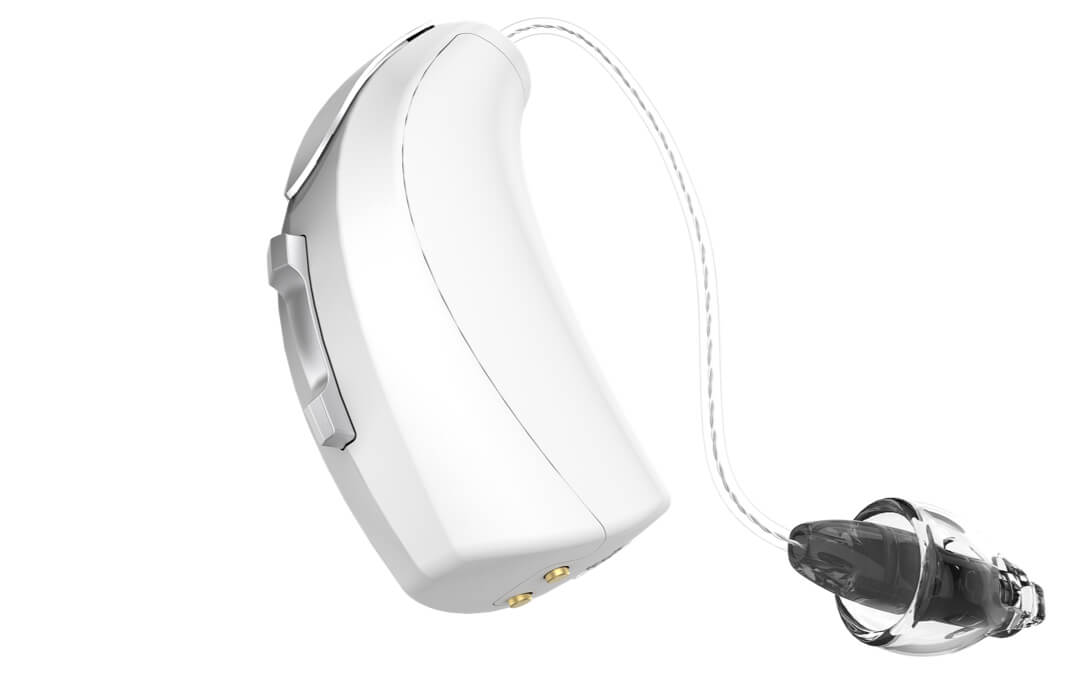
Receiver-in-the-Canal (RIC)
An RIC hearing aid consists of a tiny housing containing all electronics except the receiver, which is positioned behind the ear. A thin tube connects the housing to the receiver, which is worn in the concha (bowl-shaped portion) of the ear.
It’s a small and discreet unit but powerful enough for treating mild to moderately severe hearing loss.
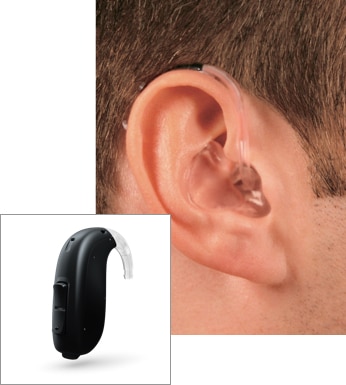
Behind-the-Ear (BTE)
The most popular style of hearing aid (about 60 percent of users choose this type), a BTE device is curved to match the contour of the ear and rests directly behind the ear. The housing, which contains all the electronics, is encased in plastic and connects to the ear canal with a thin, clear tube or earmold.
Though more visible than other styles, the BTE is simple to use, making it a popular choice for children. It’s powerful enough for all types of hearing loss.
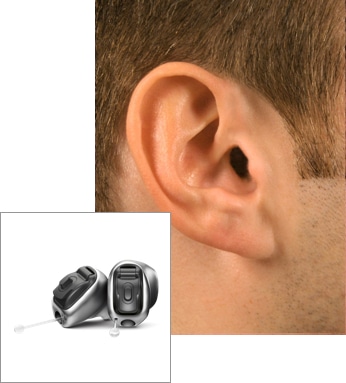
Completely-in-the-Canal (CIC)
This hearing aid is placed in the ear canal and is the smallest available. It takes advantage of the ear’s natural ability to collect sound, and its discreet size makes the device virtually invisible to others.
The trade-off is a shorter battery life, and it may prove difficult to adjust for those with poor manual dexterity. This is a good choice for mild to moderate hearing loss.
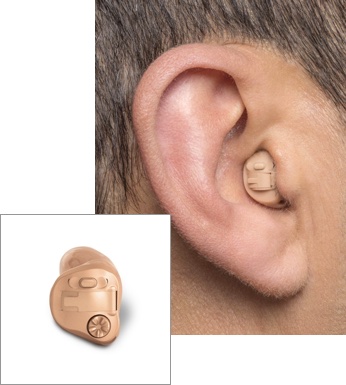
In-the-Canal (ITC)
This style is also designed to fit in the ear canal, but not as deeply as a CIC device, resting securely in the lower portion instead. It’s a little larger, making it easier to insert and remove and extending the battery life.
Best for patients with mild to moderate hearing loss.
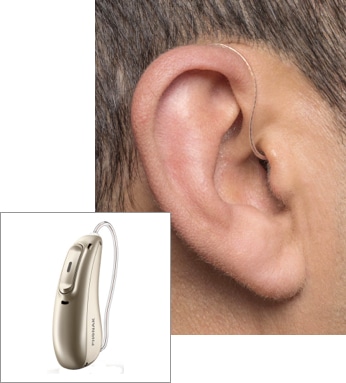
In-the-Ear (ITE)
This hearing aid is designed to fill the outer portion of the ear, and is larger than those worn in the ear canals. It is less discreet, but the size allows for more features and makes the unit easier to adjust.
A bigger battery translates to longer life and means those with severe or profound hearing loss can benefit from this style.

Hearing Aid Technologies
Hearing aid technology has improved drastically over the past couple of decades. Early devices relied on vacuum tubes and bulky batteries, but today’s instruments take advantage of digital signal processing, microchips and computerization. Keeping track of the latest technological features can be challenging, but we’ll cover a few of the more popular options here.
Some of the breakthroughs in hearing aid technology include the following:
- Gain processing, which reduces background and microphone noise for a clearer sound.
- Digital feedback reduction with built-in cancellation, which reduces or eliminates squelching and feedback.
- Digital noise reduction, which reduces background noises for better, more reliable speech recognition.
- Directional microphones, which provide better directionality by having one microphone focus on the sound source while the other decreases background noise.
- Automatic programming, which utilizes preset programs that automatically adapt to a range of different sound environments.

Choosing a Hearing Aid
If you are experiencing hearing loss, odds are good that you’ll benefit from a hearing aid. But choosing the right one is no simple task. Today’s hearing aids are smaller and more feature-packed than their predecessors, offering an array of options.
Narrowing the choices down can be tough, but there are a few important things you should take into consideration before choosing a hearing aid.

What Are Your Hearing Needs?
First, you’ll need to have an audiologist assess your hearing loss. Severity is measured in degrees, based upon your hearing loss range in decibels. It ranges from normal (-10 to 15 dB) to profound (91+ dB), with a total of seven different degrees.
Equally important is the frequency of your hearing loss. Conductive hearing loss resulting from damage to the outer or middle ear affects low-frequency sounds, while sensorineural hearing loss, in which damage occurs to the inner ear, results in a loss of high-frequency sounds.
Additional considerations that will help an audiologist pair you with the right hearing aid include:
Lifestyle Needs: Functionality is an important consideration. With so many available features, you’ll need to decide which ones matter most to you. Features like Bluetooth® connectivity, automatic volume control, rechargeable batteries, App connectivity, and AI-Assisted on the fly adjustments are becoming more commonplace, but aren’t available in all models yet.
Cosmetic Preferences: Hearing aids are available in a variety of sizes and styles, some visible while others are implanted deep within the ear canal, rendering them virtually undetectable. Many are custom-molded to fit each individual’s ears.
Budgetary Considerations: Some of the cheaper, entry-level products are not classified as hearing aids by the FDA, which requires devices to meet stringent guidelines. Having a professional assist you with the product decision ensures you are protecting your hearing health.
An audiologist can help you make the best choice for you
Hearing aids range widely in cost; finding the right product for your needs depends upon a thorough hearing evaluation by a qualified audiologist, who will provide a recommendation perfectly suited to your type and degree of hearing loss and budget, as well as other lifestyle factors.
Contact Us
If you are experiencing a medical emergency, please call 911.
To request an appointment or connect with our team, please complete the form below. Our team will contact you during our regular business hours.